In a world where technology is rapidly changing how we live and interact with our environment, artificial intelligence (AI) has emerged as a powerful ally in the realm of environmental advocacy and conservation. AI, often associated with cutting-edge innovations, is not just about robots and sci-fi movies. It’s a versatile tool that can help us protect our planet in ways we might not have imagined. From creating breathtaking artworks inspired by nature to aiding in wildlife conservation efforts, AI is proving to be a true game-changer in our mission to preserve and cherish the natural world. So, let’s dive into the fascinating world of AI art for environmental conservation and advocacy and discover how this incredible technology is making a positive impact on our planet.
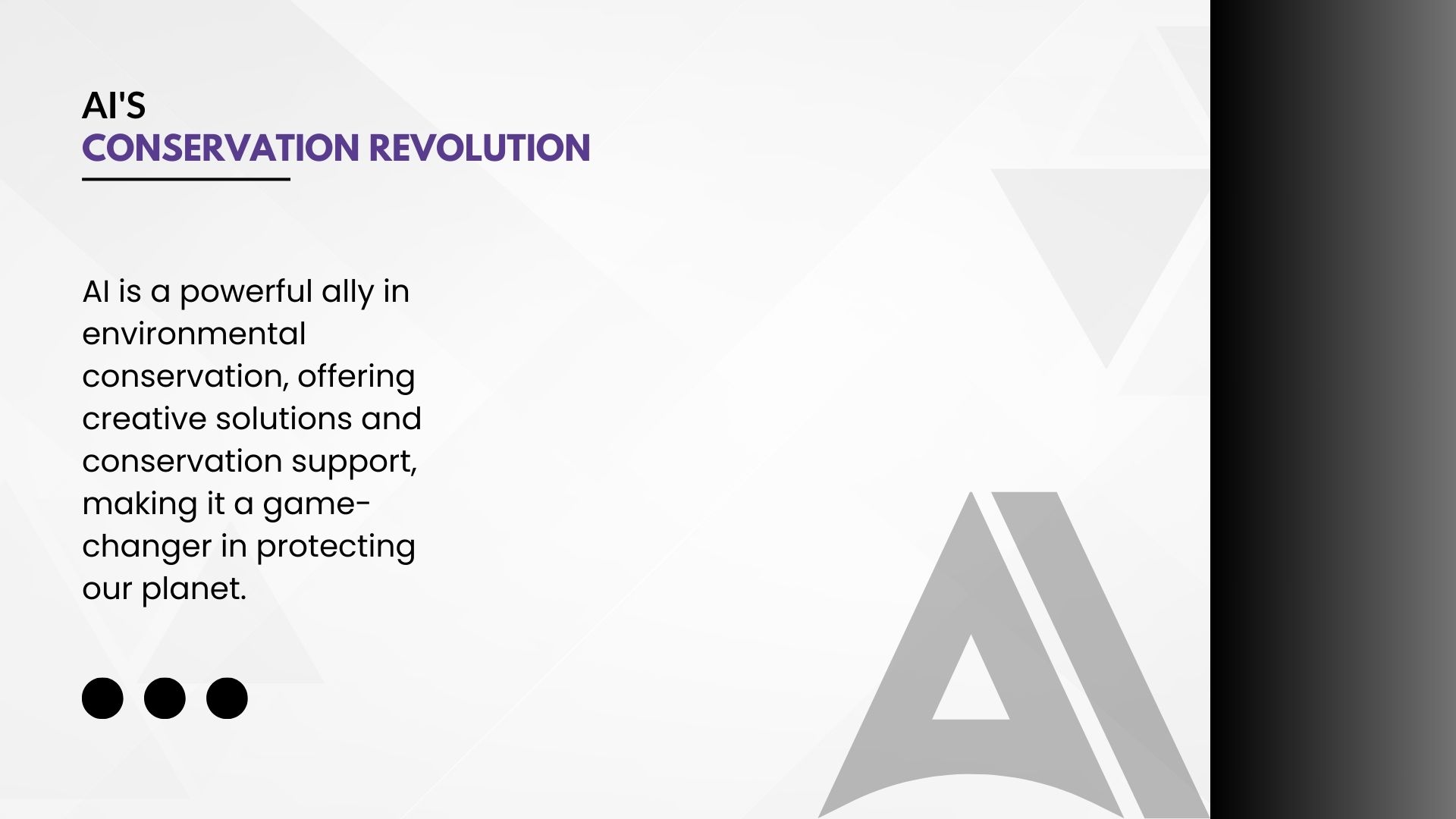
The Power of AI Art for Environmental Conservation and Advocacy
The Power of AI Art for Environmental Conservation and Advocacy extends beyond borders. Artists and scientists from around the world can collaborate on projects that address global environmental issues. This global approach to advocacy can help unite people across cultures and countries to work together for a common cause.
As Abhishek Shah, the Founder of Testlify, states, “Raising Awareness: AI art generators can play a crucial role in raising awareness about environmental issues by creating visually captivating content. To harness this potential, organizations can commission AI-generated art that specifically addresses climate change and biodiversity conservation. For instance, generating AI artwork that visualizes the impact of deforestation or melting ice caps can be both compelling and impactful.
Examples of AI Art Projects: There have been several notable AI-generated art projects contributing to environmental advocacy. One such example is “The Unseen” by Refik Anadol, which uses AI to visualize climate data through immersive installations. Another project is “Coral Morphologic,” an initiative that employs AI to create mesmerizing visuals of coral reefs, drawing attention to their conservation. These projects serve as inspirations for leveraging AI in art for environmental causes.
Visualizing Complex Information : AI art generation tools excel at simplifying complex data into visually appealing representations. To make environmental data more accessible and engaging, you can explore projects like “The Global Carbon Atlas.” This initiative utilizes AI to convert intricate carbon emissions data into easy-to-understand visualizations, making it comprehensible for a broader audience.
Engaging the Broader Audience: To engage a wider audience, consider using AI art in social media campaigns and educational materials. For instance, creating AI-generated infographics or videos that explain climate change trends or the importance of biodiversity in an aesthetically pleasing way can be highly effective. These can be shared on various platforms to reach a diverse range of people.
Key takeaway: AI art generation offers an exciting opportunity to drive environmental advocacy and sustainability efforts. By commissioning AI-generated art, exploring existing projects for inspiration, and utilizing AI for data visualization, we can communicate complex environmental issues to a broader audience in an engaging manner.”
AI Art’s Impact on Environmental Activism
In the contemporary art world, the transformative impact of AI-generated art is increasingly evident. Artists like Jenny Kendler are using AI algorithms to support the conservation of our planet in remarkable ways. The Power of AI Art for Environmental Conservation and Advocacy becomes apparent through these endeavors. Through AI-generated art, we can vividly illustrate the urgency of environmental and climate issues, from deforestation to wildlife conservation work. Land art installations at art fairs and performance art are bringing attention to the delicate balance of our ecosystem. This innovative art could be a catalyst for greater environmental sustainability, sparking important conversations and inspiring action in the hearts of those involved in environmental advocacy.
Art, AI, and Environmental Actions
In our journey to explore The Power of AI Art for Environmental Conservation and Advocacy and how contemporary art can make a big impact in the art world, especially in addressing environmental issues and promoting conservation and activism, we’ve discovered some fascinating projects that prove just that.
1.Climate Change: The Facts (2022)
Imagine this: a contemporary project called “Climate Change: The Facts” that used AI to create a series of powerful images depicting the real effects of the climate crisis. These images were like visual wake-up calls, meant to get people talking about climate action and environmental challenges. It’s all about making climate change facts crystal clear and inspiring change in the era of the climate crisis.
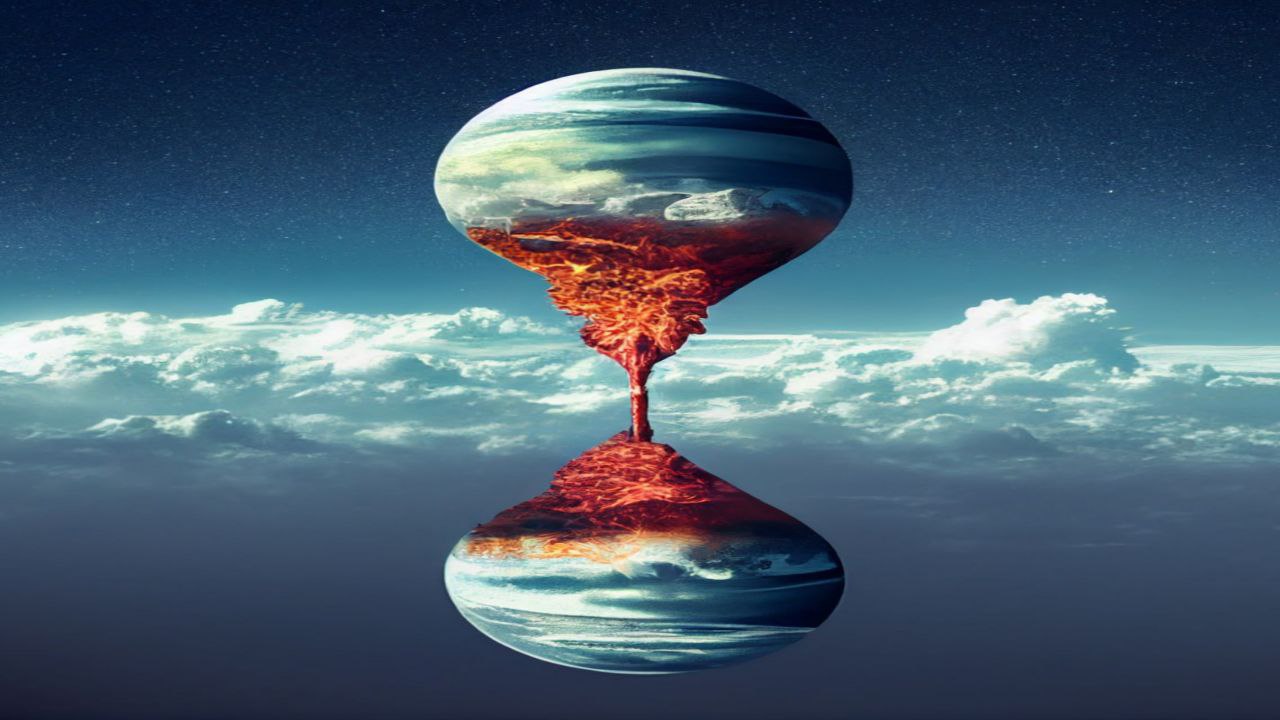
2. Memo Akten’s AI-Generated Sculptures for Biodiversity
Then, there’s the brilliant contemporary artist Memo Akten who leveraged AI to craft sculptures of endangered animals, highlighting the importance of biodiversity. These stunning sculptures were more than just art; they were messages for global environmental conservation and the urgency of environmental activism. A beautiful blend of art and a noble cause, advocating for environmental and social justice.
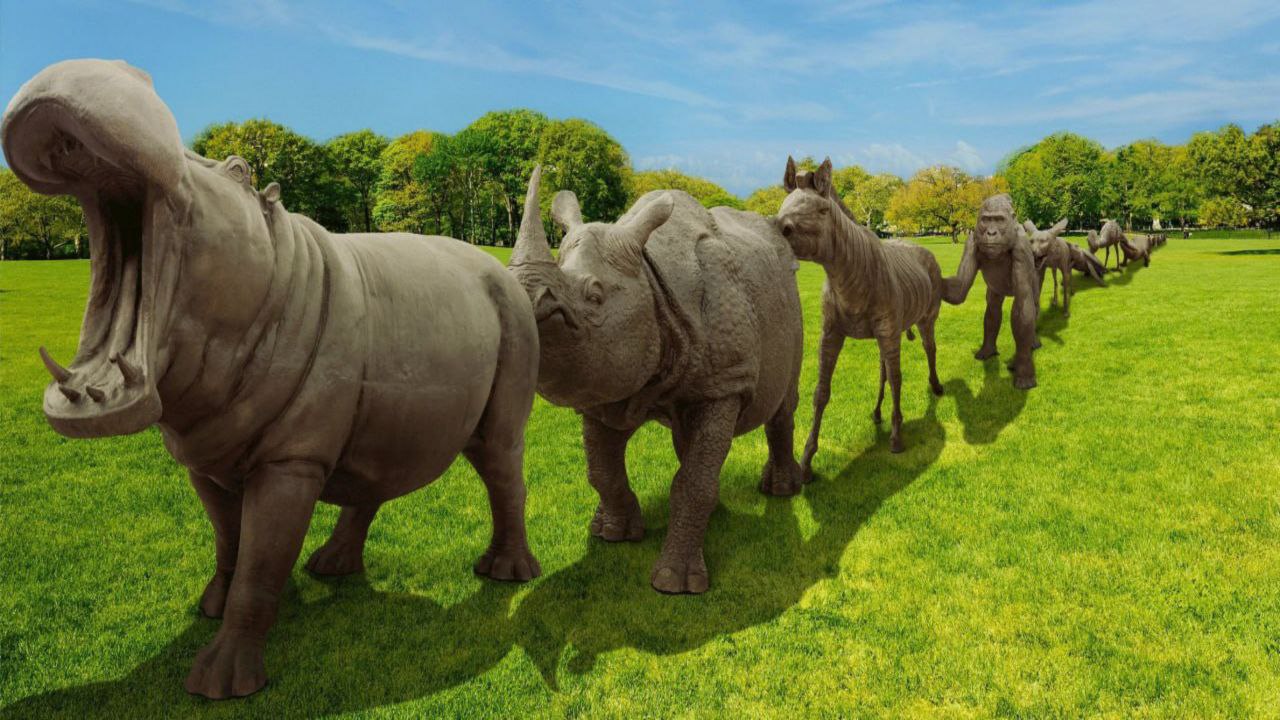
3. Refik Anadol’s Digital Art Light Show at the United Nations
But the magic doesn’t stop there. The contemporary artist Refik Anadol decided to turn the United Nations Headquarters in New York City into a canvas for an AI-generated digital art light installation. The result? A mesmerizing display that grabbed the attention of all who saw it. This creative spectacle was all about driving home the message that protecting our environment and addressing global environmental issues is crucial, an inspiring example of the power of art in promoting greener practices.
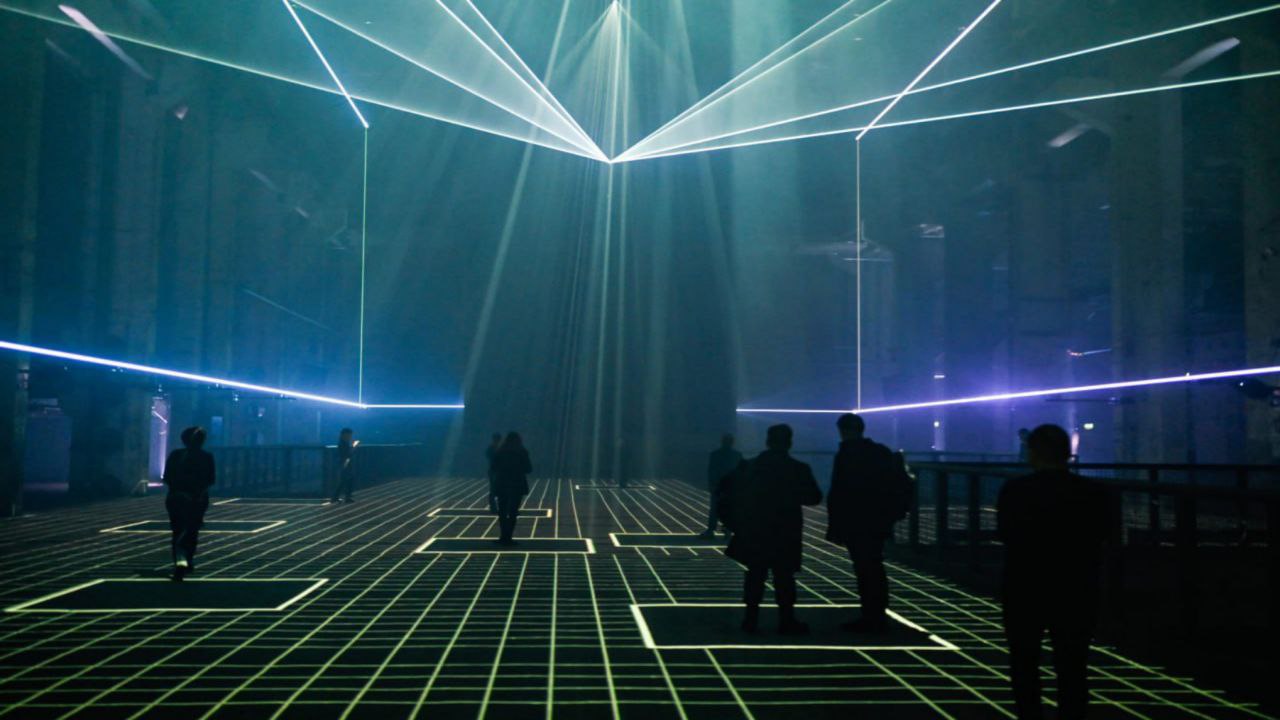
These projects from the world of contemporary art prove that The Power of AI Art for Environmental Conservation and Advocacy can be a dynamic duo in the art world while addressing global environmental concerns. They grab your attention, make the issues clear as day, and inspire you to do something about it, making art creation a tool for environmental and social justice. So, keep an eye out for AI-generated art – it might just be the spark that ignites a passion for environmental protection, biodiversity, and addressing climate challenges in you. 🌍💡
From Text to Art: The Magic of Airbrush AI
In this digital age, The Power of AI Art for Environmental Conservation and Advocacy is creatively transforming the role of AI in the visual arts. One exciting innovation is the Airbrush AI, a text-to-image generator tool that’s making waves in the sector. Unlike traditional art, it harnesses the power of generative AI to visualize a wide range of ideas, making it a game-changer. This tool offers several benefits and features that are catching the eye of artists and environmental enthusiasts alike.

Here are five key features and benefits of Airbrush AI:
- Efficiency: Airbrush AI can rapidly generate images based on text, saving artists valuable time and energy.
- Versatility: It’s incredibly versatile, allowing users to create various visuals, from landscapes to abstract concepts.
- Environmental Awareness: In line with the U.S. Council’s push for environmental sustainability, Airbrush AI enables artists to visually communicate complex ideas related to the environment, like the impact of solar energy, to a broader audience.
- Privacy Policy: Airbrush AI offers a robust privacy policy, ensuring that your creative work remains secure and protected.
- Jenny’s Artistry: Renowned artist Jenny uses Airbrush AI to bring her imaginative ideas to life, showcasing the tool’s potential for the art world and beyond.
As the digital art landscape continues to evolve, tools like Airbrush AI are contributing to a new era of creativity, with the potential to raise awareness about vital environmental topics and inspire change.



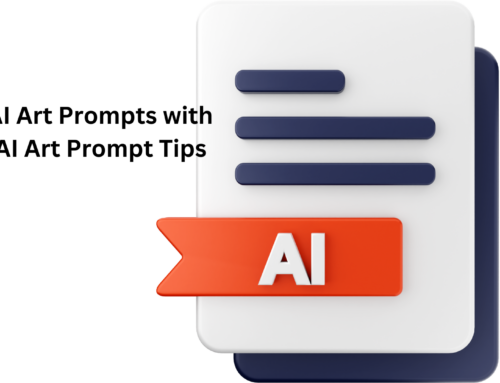
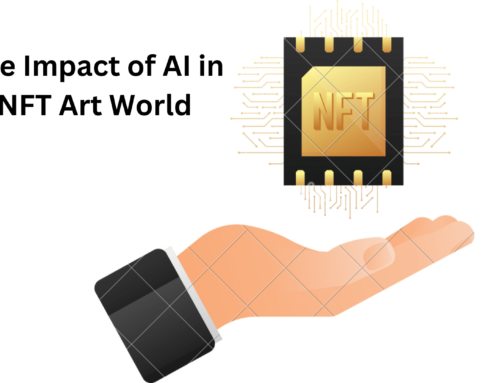
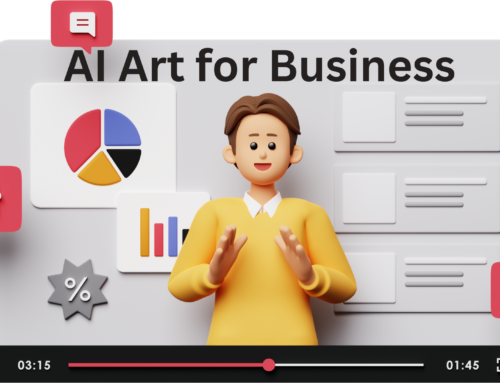


Leave A Comment